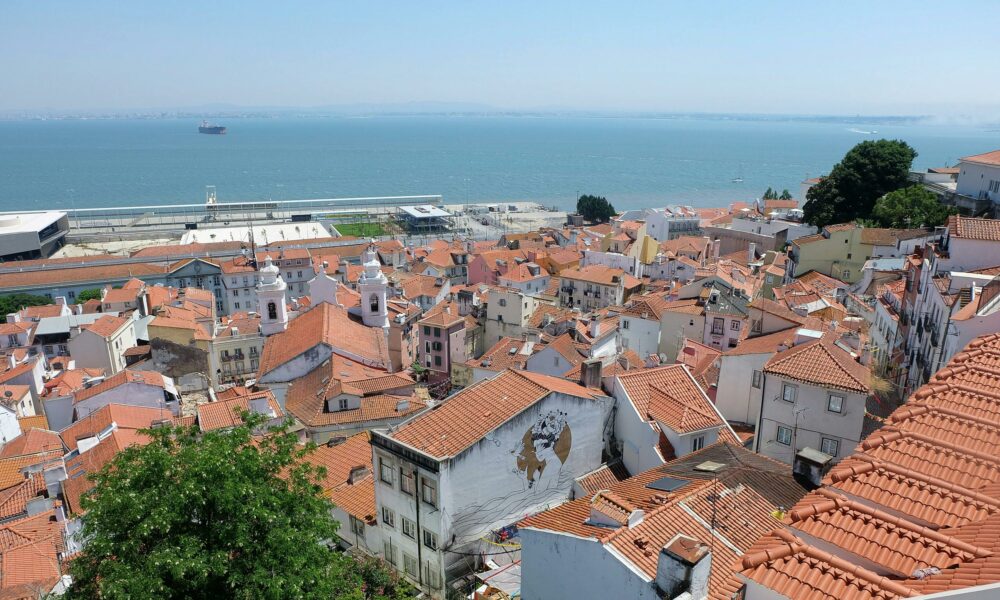
Water retention on constructing partitions refers back to the accumulation of moisture throughout the wall construction (both on the floor or throughout the constructing supplies). This moisture can come from a wide range of sources, resembling rainwater, groundwater, pipe leaks, or condensation. When water seeps into partitions, it could actually develop into trapped, inflicting a number of issues that have an effect on the looks and structural integrity of the constructing. Water accumulation in constructing partitions is a major problem that may result in structural harm, unhealthy dwelling circumstances, and costly repairs. For these in the actual property business, resembling builders, property managers or owners, understanding the influence of water retention is vital.
In keeping with development specialists, standing water may be seen as an indication of inadequate moisture administration throughout the constructing envelope. The constructing envelope is the bodily barrier between the air-conditioned inside area and the outside atmosphere, together with partitions, roofs, home windows, and doorways. A well-designed constructing envelope ought to stop water from penetrating the construction, however when it fails, ponding can happen.
Causes of water retention
A number of elements could cause water to develop into trapped in constructing partitions. These elements could also be development, environmental or upkeep associated failures. For instance, Utilizing low-quality waterproofing supplies or improper utility of those supplies can enable water to seep into the partitions. DDesign flaws resembling inadequate roof overhang, improperly put in flashing, or poor drainage also can result in water pooling in partitions.
When cracks develop in partitions (normally attributable to settlement, thermal enlargement, or seismic exercise), water can seep in. Buildings in areas with excessive rainfall or humidity are notably inclined to water accumulation. Even structurally sound partitions can develop into overwhelmed by continued publicity to moisture. In areas with excessive water tables, groundwater can rise and seep into the muse, inflicting moisture issues within the partitions. Poor insulation or air flow can result in condensation, particularly in chilly climates. This may trigger water to gather on the within floor of the wall. If minor points like cracks, leaks, or broken waterproofing aren’t repaired, water can enter the wall over time. Gutters, downspouts, and drainage channels which are clogged with particles could cause water to overflow and run down partitions. landscaping Circumstances that direct water towards a constructing, resembling sloping flooring or poorly positioned sprinkler heads, can exacerbate water retention issues.
Results of water retention on constructing partitions
Water retention in a constructing could cause a variety of issues, from minor beauty points to extreme structural harm. Extended publicity to moisture can weaken supplies resembling wooden, concrete and bricks, probably resulting in rotting of wooden, cracking of concrete and corrosion of metallic components. These points can compromise a constructing’s structural integrity, resulting in basis issues together with settling, cracking, and even collapse in excessive circumstances. Moreover, water retention usually ends in seen harm resembling staining, discoloration, and peeling paint or plaster, which detracts from the looks of the constructing and requires frequent repairs.
Along with structural points, water retention creates an atmosphere conducive to the expansion of mildew, which might unfold shortly and pose well being dangers resembling respiratory issues and allergy symptoms. The presence of those pollution can cut back indoor air high quality and make the dwelling atmosphere unhealthy. Ongoing damp issues also can cut back property values, as ongoing repairs and potential ongoing points might deter potential consumers or tenants.
The way to handle or keep away from water retention
Successfully managing a constructing’s water retention requires fast motion and a long-term technique. Step one is to determine the supply of moisture by means of a complete inspection, together with utilizing a moisture meter and thermal imaging to detect hidden moisture. Addressing structural points is vital; this contains sealing cracks and gaps in partitions, foundations and roofs, strengthening waterproofing in weak areas, and making certain drainage programs are functioning correctly to divert water away from the constructing.
Decreasing indoor humidity is one other key facet of managing water retention. Enhancing air flow in moisture-prone areas resembling bogs, kitchens and basements may help cut back humidity. Upgrading the insulation of partitions, flooring and ceilings can also be essential to forestall thermal bridges and condensation. If mildew has developed, rent an expert mildew remediation service and take preventive measures resembling utilizing anti-mold paint and holding indoor humidity ranges low.
To keep away from future water retention points, it is very important use high-quality moisture-resistant supplies and guarantee right constructing design throughout development. This contains efficient drainage programs, ample roof overhangs and a mix of air flow and insulation to attenuate moisture build-up. Common upkeep can also be essential, with routine inspections figuring out potential damp issues early and immediate repairs to deal with any indicators of water penetration, resembling leaks or cracks.
Landscaping performs an essential function in stopping water from pooling round buildings. Guaranteeing the bottom slopes away from the muse can stop water from pooling close to partitions, whereas cautious placement of crops and bushes can stop roots from disturbing the muse. By combining these methods, the danger of water retention and its related harm may be considerably diminished.
***
Characteristic picture by Julia Khalimova for Pexels

